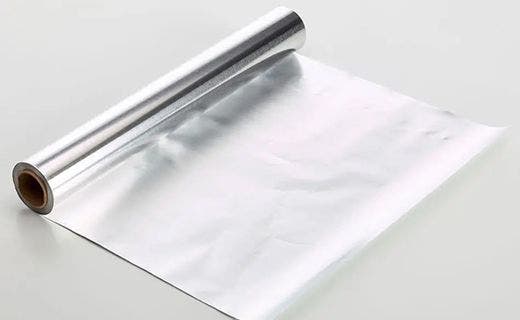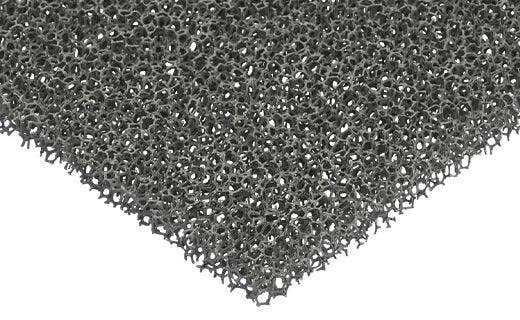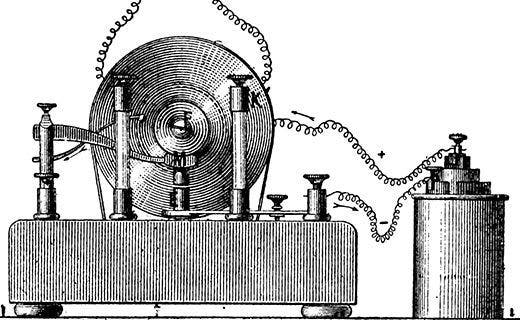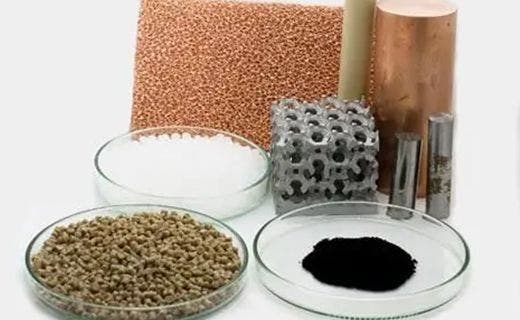Aluminum foil can be found in kitchen drawers and cabinets in many homes. Originally, it came as a replacement for Tin foil after World War II; not only was it cheaper and more durable, it also helped to avoid the slight ‘tin taste’ of food that was wrapped in Tin foil. Not long after a patent for the continuous rolling process was taken out in Switzerland, Toblerone began wrapping its chocolate bars with Aluminum foil. This solidified its wide-ranging use with food and confectionary!
Made from Aluminum of low purity (about 99.5%) or standard purity (above 99%), Aluminum foil is produced in many widths and strengths, most commonly in sheets of less than 0.1mm. Being pliable, Aluminum foil can be easily bent, folded and wrapped around objects, making it a top choice for food packaging and protection. Its unique barrier properties provide a total block to light, moisture and aroma, which is a reason why it’s so popular in a range of markets, from food and beverage to pharmaceuticals.
Properties of Aluminum Foil:
- Durable
- Non-toxic
- Resistant to chemical attack
- Electrical and non-magnetic shielding
- Able to block light, moisture and aroma
- Inexpensive
Main applications for Aluminum Foil:
- Food and drink packaging
- Thermal insulation within the construction industry
- Fin stock for air conditioners
- Electrical coil in transformers
- Capacitors for radio and TV
- Insulation for storage tanks
- Art and design
- Geochemical sampling
Aluminum foil has so much more to offer than you may think at first! For more information or for any questions on our Aluminium foil range, please contact the Goodfellow team today.








